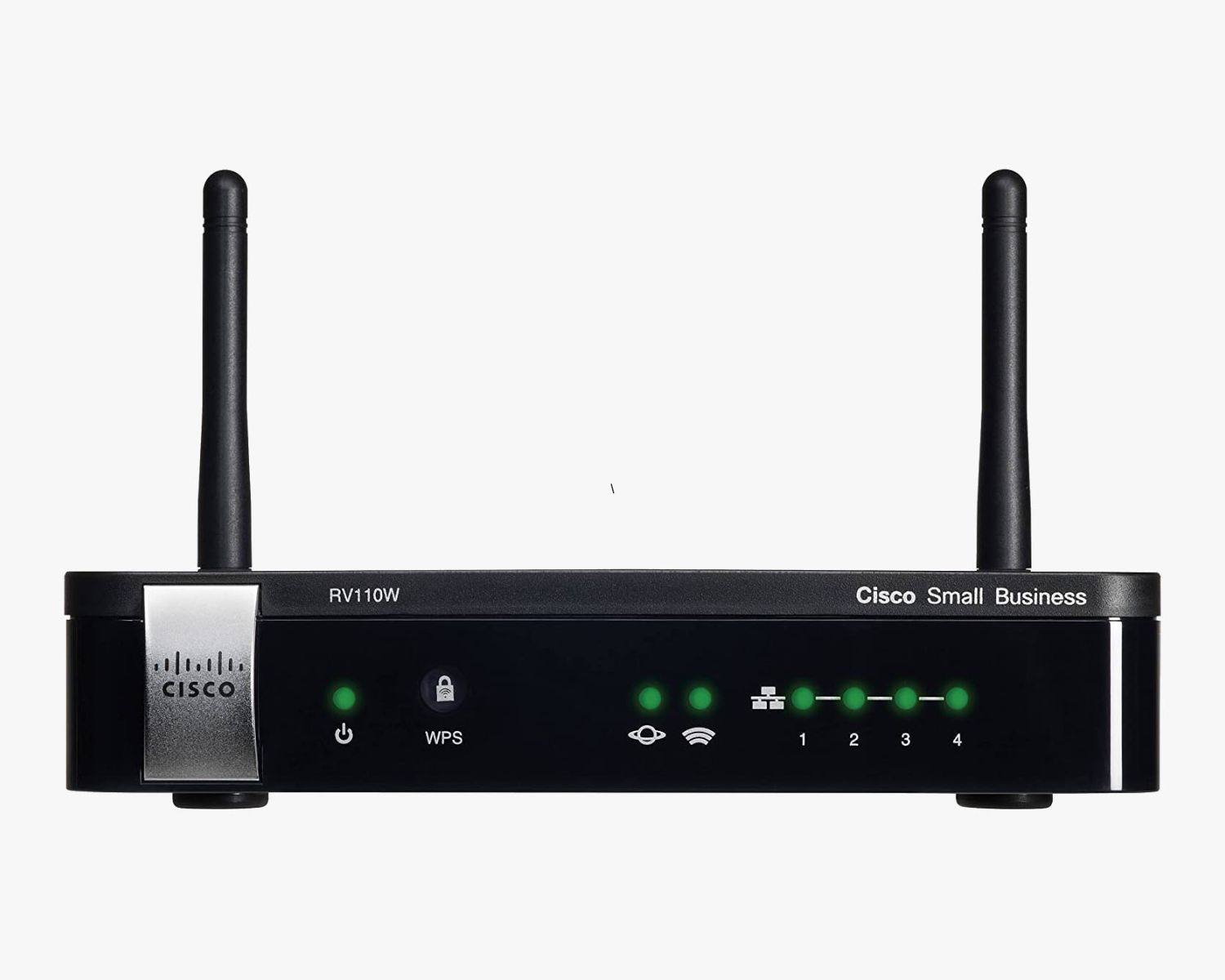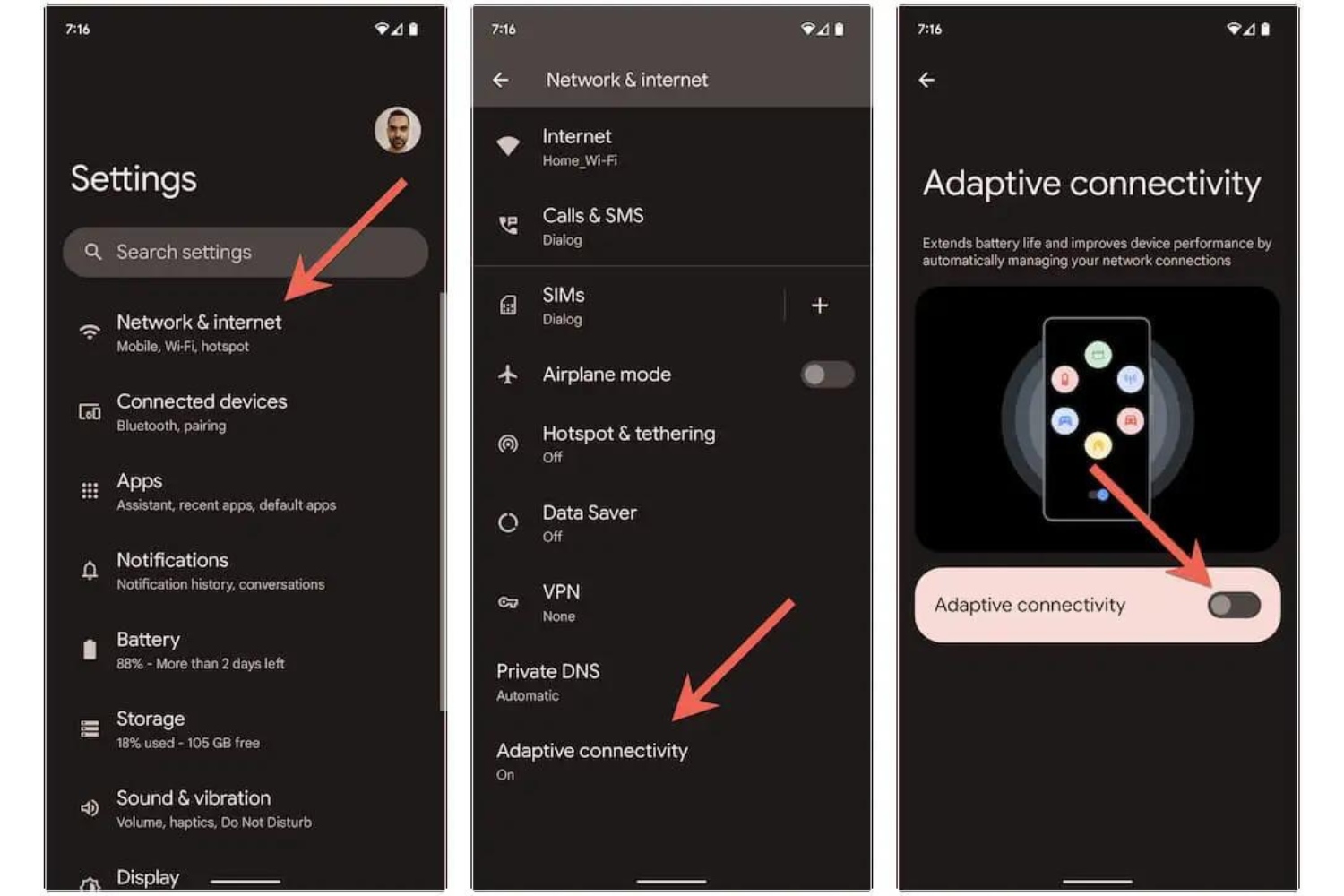Introduction
When it comes to managing a network switch, having a comprehensive understanding of network policies is crucial for optimizing performance, security, and resource allocation. Network policies serve as the guiding principles that dictate how traffic is directed, managed, and secured within a network. These policies are instrumental in ensuring that the network operates efficiently, securely, and in alignment with the organization's objectives.
In the context of network switches, various types of network policies come into play, each serving a specific purpose to govern the behavior of the switch and the traffic that traverses it. From Layer 2 and Layer 3 network policies to Quality of Service (QoS) policies, security policies, Virtual LAN (VLAN) policies, and port mirroring policies, there are numerous facets to consider when configuring and managing a network switch.
Understanding the intricacies of each type of network policy is essential for network administrators and IT professionals tasked with optimizing network performance and security. By delving into the details of these network policies, it becomes possible to leverage the full potential of a network switch, ensuring that it operates at peak efficiency while safeguarding against potential security threats.
In the following sections, we will explore the diverse array of network policies available for network switches, shedding light on their respective functions, benefits, and best practices for implementation. By gaining insight into these network policies, network administrators can make informed decisions to enhance the performance, security, and overall efficacy of their network infrastructure.
Layer 2 Network Policies
Layer 2 network policies pertain to the data link layer of the OSI model and encompass a range of protocols and configurations that govern the operation of network switches. These policies play a fundamental role in shaping how traffic is forwarded within the local network, addressing aspects such as MAC address learning, VLAN tagging, and Ethernet frame handling.
Key components of Layer 2 network policies include:
- VLAN Configuration: VLANs are utilized to segment a network into distinct broadcast domains, enhancing security and efficiency. By configuring VLANs, network administrators can logically partition the network and control the flow of traffic based on organizational requirements.
- Spanning Tree Protocol (STP): STP is employed to prevent network loops and ensure redundant links within the network are managed effectively. This policy is critical for maintaining network stability and preventing broadcast storms.
- Port Security: Port security features enable the restriction of MAC addresses that can access specific switch ports, mitigating unauthorized access and enhancing network security.
Implementing Layer 2 network policies involves meticulous configuration of switch ports, VLAN settings, and spanning tree parameters to optimize network performance and security. By adhering to best practices in Layer 2 policy implementation, network administrators can establish a robust foundation for efficient data transmission and secure network operations.
Layer 3 Network Policies
Layer 3 network policies operate at the network layer of the OSI model, focusing on the routing and forwarding of data packets within an IP-based network. These policies encompass a range of configurations and protocols that govern how network traffic is directed between different IP subnets and domains.
Key components of Layer 3 network policies include:
- Routing Protocols: Layer 3 policies involve the implementation of routing protocols such as OSPF (Open Shortest Path First) and BGP (Border Gateway Protocol) to facilitate efficient packet forwarding and dynamic route selection.
- Access Control Lists (ACLs): ACLs are utilized to control traffic flow based on IP addresses, port numbers, and protocol types, enabling network administrators to enforce security policies and regulate network access.
- Quality of Service (QoS): QoS policies at Layer 3 enable the prioritization of traffic based on predefined criteria, ensuring that critical data such as voice and video packets receive preferential treatment to maintain optimal performance.
Implementing Layer 3 network policies involves configuring routing protocols, defining access control lists, and prioritizing traffic based on QoS parameters. By effectively managing Layer 3 policies, network administrators can optimize the routing of data, enforce security measures, and prioritize critical traffic, thereby enhancing the overall performance and reliability of the network.
Quality of Service (QoS) Policies
Quality of Service (QoS) policies are integral to ensuring that network resources are allocated efficiently to prioritize critical traffic and optimize overall performance. These policies enable network administrators to manage the transmission of data based on predefined criteria, such as bandwidth, latency, jitter, and packet loss, to meet the specific requirements of diverse applications and services.
Key components of QoS policies include:
- Traffic Classification: QoS policies involve classifying network traffic into different categories based on application types, ensuring that critical traffic such as voice and video data is identified and treated with priority.
- Bandwidth Allocation: By allocating specific bandwidth to different types of traffic, QoS policies enable network administrators to prevent congestion and ensure that essential applications receive the necessary resources for optimal performance.
- Packet Prioritization: QoS policies prioritize the transmission of packets based on their assigned priority levels, allowing critical data to traverse the network with minimal delay and interference.
Implementing QoS policies involves configuring network devices to recognize and prioritize specific types of traffic, as well as allocating appropriate resources to ensure the seamless transmission of critical data. By effectively managing QoS policies, network administrators can enhance the user experience, minimize latency, and maintain the performance of real-time applications, ultimately optimizing the utilization of network resources.
Security Policies
Security policies within the context of network switches are designed to safeguard the integrity, confidentiality, and availability of data while mitigating potential security threats and unauthorized access. These policies encompass a comprehensive array of configurations and protocols aimed at fortifying the network infrastructure and protecting sensitive information from unauthorized disclosure or alteration.
Key components of security policies include:
- Access Control: Security policies dictate access control measures, including authentication, authorization, and accounting (AAA), to ensure that only authorized users and devices can access the network resources.
- Encryption: Implementing encryption protocols such as SSL/TLS and IPsec is vital to secure data in transit and prevent eavesdropping or tampering with sensitive information.
- Intrusion Detection and Prevention: Security policies incorporate intrusion detection and prevention systems (IDPS) to monitor network traffic, detect potential threats or malicious activities, and take proactive measures to mitigate security breaches.
Deploying robust security policies involves a multi-faceted approach, encompassing the implementation of access controls, encryption mechanisms, and proactive threat detection measures. By adhering to best practices in security policy implementation, network administrators can fortify the network against cyber threats, safeguard sensitive data, and uphold compliance with industry regulations and standards.
Virtual LAN (VLAN) Policies
Virtual LAN (VLAN) policies are instrumental in segmenting a single physical network into multiple logical networks, enabling network administrators to isolate traffic and enhance security, performance, and manageability. VLANs are configured to group devices into separate broadcast domains, regardless of their physical location, fostering efficient communication and resource allocation within the network.
Key components of VLAN policies include:
- Logical Segmentation: VLAN policies facilitate the logical segmentation of the network, allowing for the creation of distinct broadcast domains to contain traffic within specified groups of devices.
- Enhanced Security: By segregating traffic into VLANs, security policies can be enforced to restrict communication between different segments, mitigating the risk of unauthorized access and potential security breaches.
- Improved Performance: VLAN policies enable network administrators to prioritize traffic within specific VLANs, optimizing the utilization of network resources and minimizing congestion for critical applications.
Implementing VLAN policies involves configuring network switches to define VLANs, assign ports to specific VLANs, and establish inter-VLAN routing where necessary. By effectively managing VLAN policies, network administrators can streamline network operations, bolster security measures, and optimize the performance of diverse applications and services across the segmented virtual networks.
Port Mirroring Policies
Port mirroring, also known as port monitoring, is a network management feature that enables the duplication of traffic from one network port to another for the purpose of monitoring and analysis. This functionality is particularly valuable for network administrators seeking to troubleshoot network issues, conduct packet capture for diagnostic purposes, or implement network security and performance monitoring tools.
Key components of port mirroring policies include:
- Traffic Monitoring: Port mirroring policies allow network administrators to monitor the traffic traversing specific ports, providing visibility into network activities for troubleshooting, analysis, and security monitoring.
- Diagnostic Capabilities: By duplicating traffic to a designated monitoring port, port mirroring facilitates the capture and analysis of network packets, aiding in the identification and resolution of network issues and performance optimization.
- Security Analysis: Port mirroring policies support the implementation of security monitoring tools, enabling the inspection of network traffic for potential security threats, unauthorized activities, or compliance violations.
Implementing port mirroring policies involves configuring network switches to replicate traffic from specified ports to a monitoring port, where monitoring or analysis tools can be connected to capture and interpret the mirrored traffic. By effectively managing port mirroring policies, network administrators can gain valuable insights into network behavior, diagnose issues, and proactively monitor and secure network activities.
Conclusion
Network policies are the cornerstone of effective network management, encompassing a diverse array of configurations and protocols that govern the behavior, security, and performance of network switches. From Layer 2 and Layer 3 policies to Quality of Service (QoS), security, Virtual LAN (VLAN), and port mirroring policies, each facet plays a crucial role in shaping the operational landscape of network infrastructure.
By understanding and implementing these network policies, organizations can optimize their network operations, enhance security measures, and ensure the efficient allocation of resources to meet the demands of diverse applications and services. Layer 2 policies dictate how traffic is managed within the local network, while Layer 3 policies focus on routing and forwarding data between IP subnets. Quality of Service (QoS) policies enable the prioritization of critical traffic, while security policies fortify the network against potential threats and unauthorized access. Virtual LAN (VLAN) policies facilitate logical segmentation and enhanced security, and port mirroring policies support monitoring, analysis, and diagnostic capabilities.
As network administrators navigate the complexities of managing network switches, a comprehensive understanding of these policies is essential for maintaining network integrity, performance, and security. By adhering to best practices and leveraging the capabilities of these network policies, organizations can cultivate resilient and efficient network infrastructures that align with their operational requirements and strategic objectives.
Ultimately, the effective implementation of network policies empowers organizations to adapt to evolving technological landscapes, support diverse user requirements, and mitigate potential risks, ensuring that their network infrastructure remains robust, secure, and responsive to the demands of modern digital environments.

























